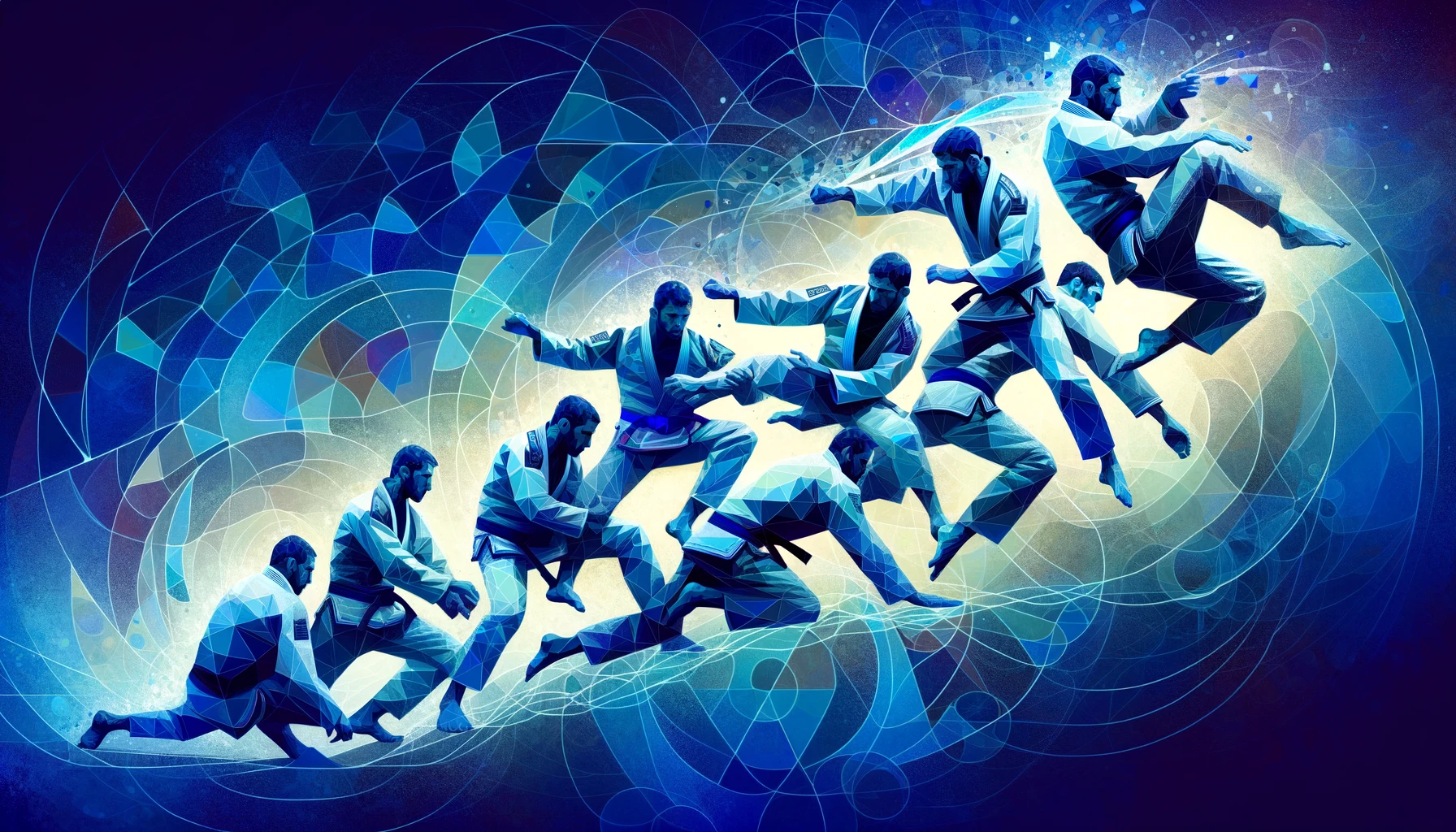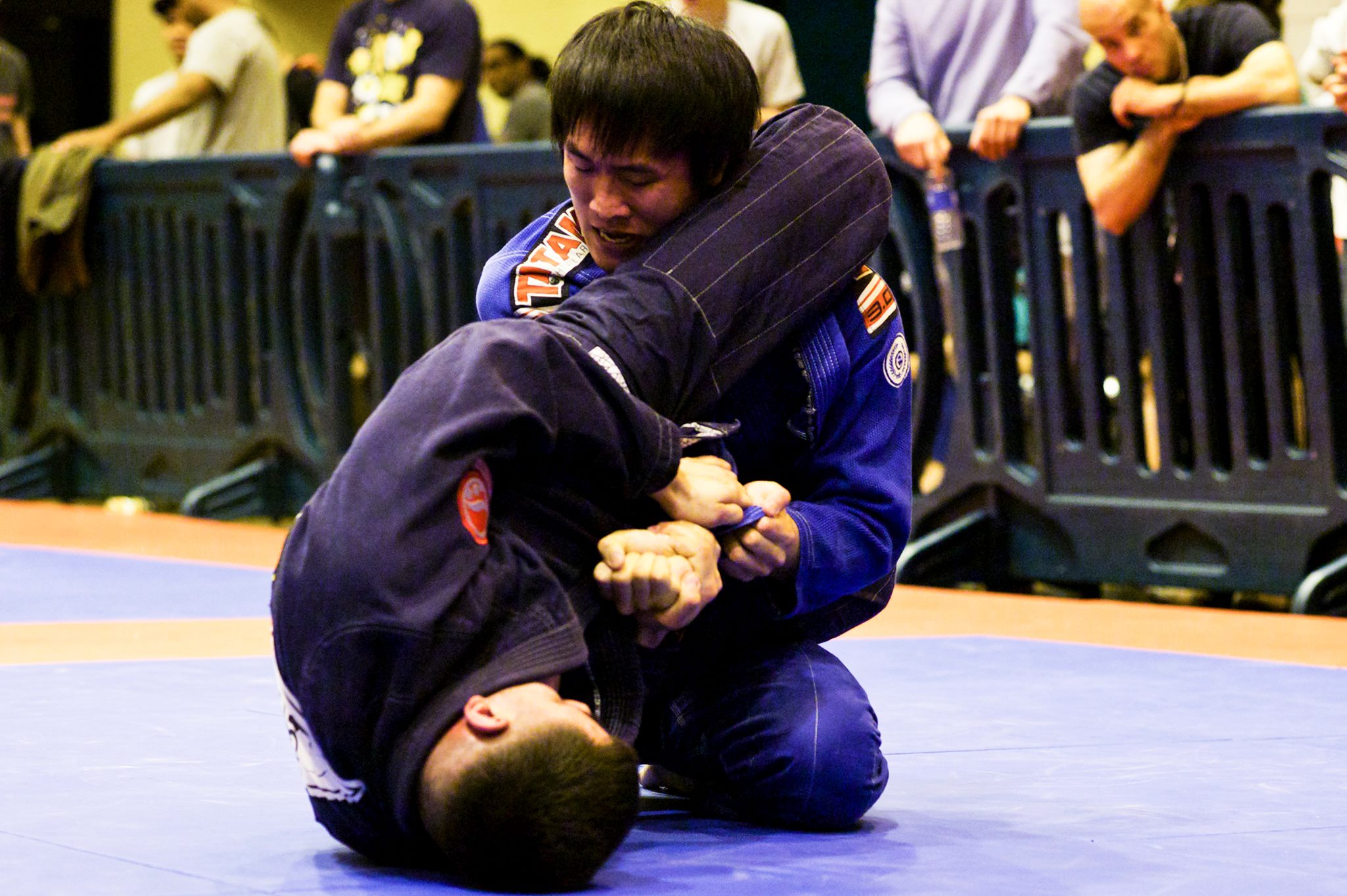Unleashing the power of evolution is no easy feat, but when applied to the world of Jiu-Jitsu, it becomes a force to reckon with. When we take a step back and view the evolution of this martial art, we notice a clear shift from its roots in self-defense to its current status as a revered sport competition. This transformation hasn’t happened overnight; it’s been a gradual process, reflecting the resilience and adaptability of Jiu-Jitsu techniques themselves.
The journey of Jiu-Jitsu from self-defense to sport competition is an intriguing tale that will be the focus of our exploration. The chronicle encompasses years of refining techniques, breaking boundaries, and adapting to new rules and strategies. It reveals a narrative of change, growth, and ultimately, mastery in a field where physical strength and mental agility intertwine.
This comprehensive study aims to delve deep into the transformation of Jiu-Jitsu techniques, shedding light on the changes and adaptations made over time. By analyzing the shifts in technique and strategy, we seek to provide a broader understanding of how the sport has evolved and continues to evolve.
In this context, we will also be exploring the glory of sport competition, its impact on Jiu-Jitsu, and its influence on techniques. The competitive arena is a stage that showcases the prowess of Jiu-Jitsu techniques, testing and pushing their boundaries. It is a vital part of the evolutionary process that has shaped Jiu-Jitsu into what it is today.
So, strap in as we embark on this journey of discovery and enlightenment. A narrative that elucidates the power of evolution and its impact on Jiu-Jitsu techniques. It’s an intriguing tale of transformation, from the realms of self-defense to the limelight of sport competition glory.
The Evolution of Jiu-Jitsu: From Self-Defense to Competition
Brazilian Jiu-Jitsu (BJJ), originally conceived for self-defense, has undergone a fascinating transformation over the years. The shift from a martial art designed for self-defense to a sport focused on competition and glory has brought about a profound change in the techniques and strategies employed by practitioners.

Self-Defense Roots
In its early stages, BJJ was primarily a self-defense system. The techniques developed by the Gracie family focused on using leverage and technique to overcome a stronger and larger opponent. The principles of BJJ are rooted in the maximization of efficiency while minimizing effort. Early techniques like the Guard, Mount, and Rear Naked Choke reflect these principles.
- Guard: A ground position where the practitioner on the bottom wraps their legs around the opponent.
- Mount: A dominant position where the practitioner sits on the opponent’s chest, controlling their upper body.
- Rear Naked Choke: A submission technique where the practitioner chokes the opponent from behind.
Shift towards Competition
With the growth in popularity of BJJ, there was a shift towards competition. This change brought about a need for more diverse and complex techniques. A competitor must not only neutralize their opponent’s attack but also score points and seek submission. As a result, the BJJ technique library expanded significantly.
- Berimbolo: A technique that involves inverting and spinning underneath the opponent to take their back.
- 50/50 Guard: A position where both practitioners have one of the opponent’s legs trapped, leading to a 50/50 situation.
- Worm Guard: A type of guard where the practitioner uses their opponent’s lapel to control them.
The Impact of the Evolution on Jiu-Jitsu
This evolution has led to an increased focus on sport-specific training and strategy. Practitioners now spend significant time drilling competition techniques and studying match footage. The emphasis on sport has led to specialization, with practitioners often focusing on specific areas such as takedowns, guard passing, or submissions.
Implications for Self-Defense
While the shift towards competition has led to a blossoming of technique and strategy, it has raised questions about the effectiveness of modern BJJ for self-defense. Sport techniques often require specific conditions to work, and the rules of competition may not reflect real-world scenarios. However, many practitioners still maintain a balance in their training, ensuring they are prepared for both self-defense and competition.
Evolution Continues
The transformation of Jiu-Jitsu from a self-defense system to a competitive sport is an ongoing process. Each new generation of practitioners brings their creativity and innovation, contributing to the ever-evolving landscape of BJJ. With the increasing popularity of the sport, we can expect to see further development and refinement of techniques, ensuring that Jiu-Jitsu remains a dynamic and engaging martial art for years to come.

Conclusion
In conclusion, the evolution of Brazilian Jiu-Jitsu from its self-defense roots to the competitive sport it is today has significantly shaped its techniques and strategies. This transformation, fueled by a thirst for competition and glory, has resulted in a broad spectrum of techniques, ranging from the foundational Guard, Mount, and Rear Naked Choke, to the more complex Berimbolo, 50/50 Guard, and Worm Guard. Despite concerns about the effectiveness of modern BJJ techniques for self-defense due to their specificity and rules, many practitioners balance their training to cater to both self-defense and competition. The ongoing evolution of Jiu-Jitsu, driven by each new generation’s creativity and innovation, promises a future that is as dynamic and engaging as its past. Hence, while the shift towards competition may present challenges, it also breeds opportunities for growth and development, keeping the art of Jiu-Jitsu alive and thriving. 💪🥋🔥
